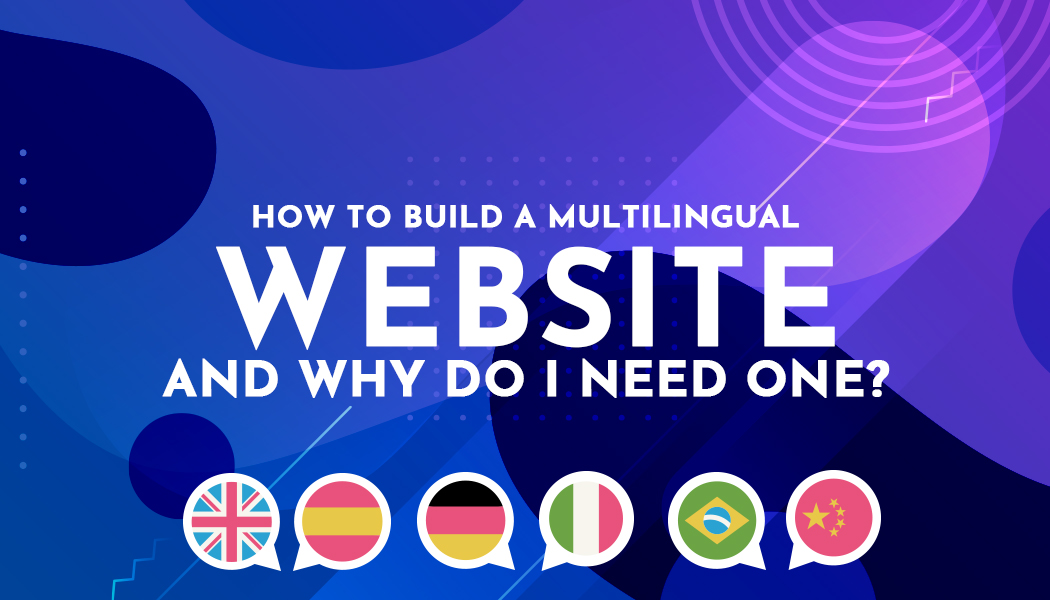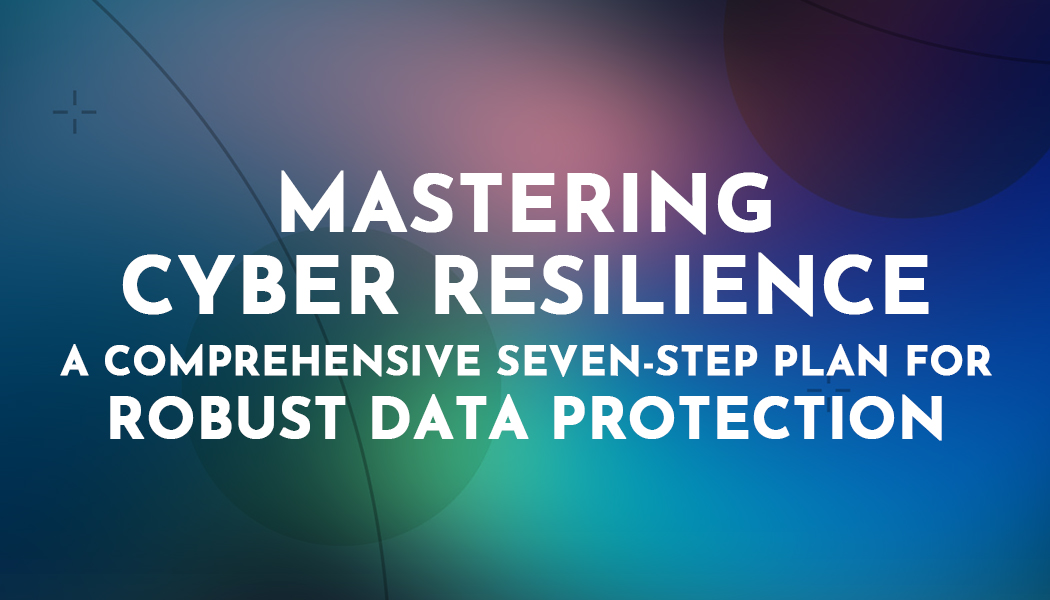How to Build a Multilingual Website and Why Do I Need One?
As everyone has been forced to stay indoors for the past couple of months, consumers took to e-commerce platforms for purchasing necessities and creature comforts from groceries to video game consoles. And because of this, e-commerce has grown by leaps and bounds, with experts predicting that the industry will grow by 20 percent by the end of 2020, effectively accelerating its growth by five years, some experts say.
Migrating one’s business to digital channels opens up a great opportunity to not only increase reach and demand, but also increasing its resilience and allowing it to operate even in the absence of physical locations. This means that building a digital presence is not only an opportunity but a necessity in the future of business.
Despite the healthy growth of e-commerce and digital business especially in emerging markets, there is still a disparity in the accessibility of e-commerce platforms particularly in the aspect of language. Roughly 57 percent of the top 10 million websites and more than 60 percent of all web content in the world is written in English. And while English is the most spoken language in the world, the gap in the volume of websites is so wide between English and other widely used languages such as Mandarin Chinese, Spanish and Russian.
This discrepancy should be seen as an opportunity for entrepreneurs who are building their business’ digital presence. This is where website translation would come in as a strong strategy for budding digital businesses, that by making use of translation services to create a multilingual website, they can effectively increase reach beyond that of their established competitors. New markets will open up particularly in countries where there is an increased demand but have not experienced significant penetration of digital business offerings.
Why you need website translation for your business
As the world continues to become globalized thanks to the ubiquity of instantaneous, cross-border exchange of information, ideas and trends enabled by the Internet, the demand for multilingual content is also increasing. While English is considered by many to be the universal language used in business, science, technology and other fields, people still prefer to speak in their native language especially in doing everyday things like shopping. A survey previously done by CSA Research of 3,000 shoppers across 10 countries found that 60 percent rarely or never buy from English-only e-commerce websites.
For a digital business, where everything is designed to be as convenient as possible for the consumer, it is very important to view website translation as a core part of accessibility initiatives. Supporting multiple languages on one’s website could potentially increase reach, reduce bounce rates and improve conversion rates.
Website translation has the potential to become a key part of a company’s expansion strategy to new countries, particularly those in emerging markets such as Southeast Asia, Latin America and Africa.
The Emerging Markets Internet and E-commerce ETF (EMQQ) announced in July that its underlying Index was up over 45 percent in the past one-year period, and is seen as a bright spot in the continuing volatility of global markets. This comes off of a bounce-back year in 2019, confirming the transition of consumer behavior from physical to online shopping. According to the CEO of EMQQ Kevin Carter, the pandemic may have accelerated the growth of e-commerce in emerging markets by six years.
While English is a widely spoken language in emerging markets particularly in Southeast Asia, there is a strong affinity towards speaking--and in this case, shopping--in their respective native languages.
Website translation: Where to begin?
The first phase of the website translation process is planning and preparation. This requires a significant amount of research. Your strategy for building a multilingual website must be in line with your business goals. Are you ready to expand your operations? Are you planning to expand aggressively to multiple countries with different native languages, or are you taking it one country or region at a time? Are the countries you want to expand to showing promise for your business? Are there active competitors in your target expansion countries that would inhibit growth? These are just some of the questions that you have to ask yourself, your associates and your stakeholders.
After making sure that your plans for expansion are in line with your business objectives, take a look at the operational requirements for expanding your business. Some of the things to consider include: whether you require local teams to manage each version of your website; where to source translators or translation services to work on the website translation; and whether you have the infrastructure to support your efforts or if you need to build it.
Once everything on the operational side is sorted, you need to shift your focus towards reading up on your multilingual target audience. Understanding the speakers of the language you plan to translate your content to will help in adjusting your website so that it would fit your target audience better. In the process you could avoid any possible linguistic and cultural faux pas as well as change any term or phrase that may have a negative connotation in a different language.
By doing extensive market research on the countries that you plan to expand to and the languages they speak, you would get a better idea of what approach to use in translating your website.
Do you want to standardize your website and merely translate it from one language to another to create a global domain that supports several languages? Or do you want to tweak the content so that it resonates better with your target audience? The latter option, otherwise known as “localization,” is a more laborious approach to website translation which adapts website content so that it caters more effectively to the needs and cultural preferences of your target audience.
With standardized website translation, you create uniformity in all of your online presence. With localization, you retool your brand message so that it resonates better with a particular locale. A strategy geared for localization relies heavily on context. Certain aspects of your messaging may not be as effective to a particular culture or group of people, and depending on your product, your target demographic could very much vary across different geographies.
The website translation process
Once you’ve chosen your desired strategy, it is now time to implement it. To do website translation properly, you need to follow a rigid process. This is why it is not always advisable to rely on freelancers as the process does require more than one or a few pairs of eyes to ensure accuracy and consistency.
Depending on the translation service you are working with, the actual translation of content is done either purely through machine translation or a combination of machine translation and computer-assisted translation.
Machine translation works with software to translate text in a fully automated manner. Computer-assisted translation on the other hand, is the translation of text by a language expert with the help of software to better organize workflow. If there is a high volume of text to be translated, machine translation is usually used. However, many translation services still require that a translator checks the output to make sure that the output is linguistically and contextually coherent.
The translated content is then implemented onto the website, not only updating the text but also adjusting the design and layout as well as changing images so that the website looks and feels like it’s meant for your target locale.
It followed by several layers of quality assurance to make sure that the content is correct in relation to the context in which it was used. For translation work that requires heavy work on the back-end as well as on the front-end, a linguistic and functionality check is done to make sure that the language used in the content is appropriate for the specific functions within the website.
Future-proofing your business with website translation
As mentioned before, migrating a business online is one way of preparing it for the future and building it for resilience. And by expanding this online presence to support multiple languages, it improves the prospects of an enterprise even further.
Experiences are being shared across borders on a daily basis thanks to social media and the Internet. This means that products have a bigger chance of finding demand in markets that they are not part of.
A thriving and resilient business is one that is flexible. The very characteristic of the Internet is already an enabler for flexibility. Online businesses are generally more agile and easily scalable than their brick-and-mortar counterparts because they are not bound by physical limitations. It is up to entrepreneurs to find opportunity wherever it presents itself, and being flexible enough to cater to it. And in a globalized online economy, opportunity for a business is limited by accessibility to demand which would effectively be addressed by a multilingual website.
Finding the right translation service
The Internet is filled with companies and freelancers that offer translation services for websites and businesses. But what so many options, how do you find the right one?
When looking for the best translation services, one of the first things to look for is expertise. Just like with any business or service, you: read through the company profile and the website; check for reviews from aggregators like TrustPilot, Google or even Facebook; and look at their existing clientele.
You have to make sure that they have years of experience in the industry, they have proof of quality service, and that they have excellent after sales quality assurance. Tomedes and Gengo, for example, are translation services that have years - even decades - of proven experience in providing quality translation services to an international clientbase, including Fortune 500 companies.
It’s also good to review each translation service’s certification not only for the business itself but also for its translation services. Look for companies that have ISO certification as well as accreditation with international translation organizations like the American Translators Association or the Association of Translation Companies.
Finding the right translation service is not about finding the biggest, most established company, but looking for the one that can deliver results and has solutions that fit your website translation strategy. Make sure that the company has experience in the subject matter of your website and that it can translate to the languages that you need.




